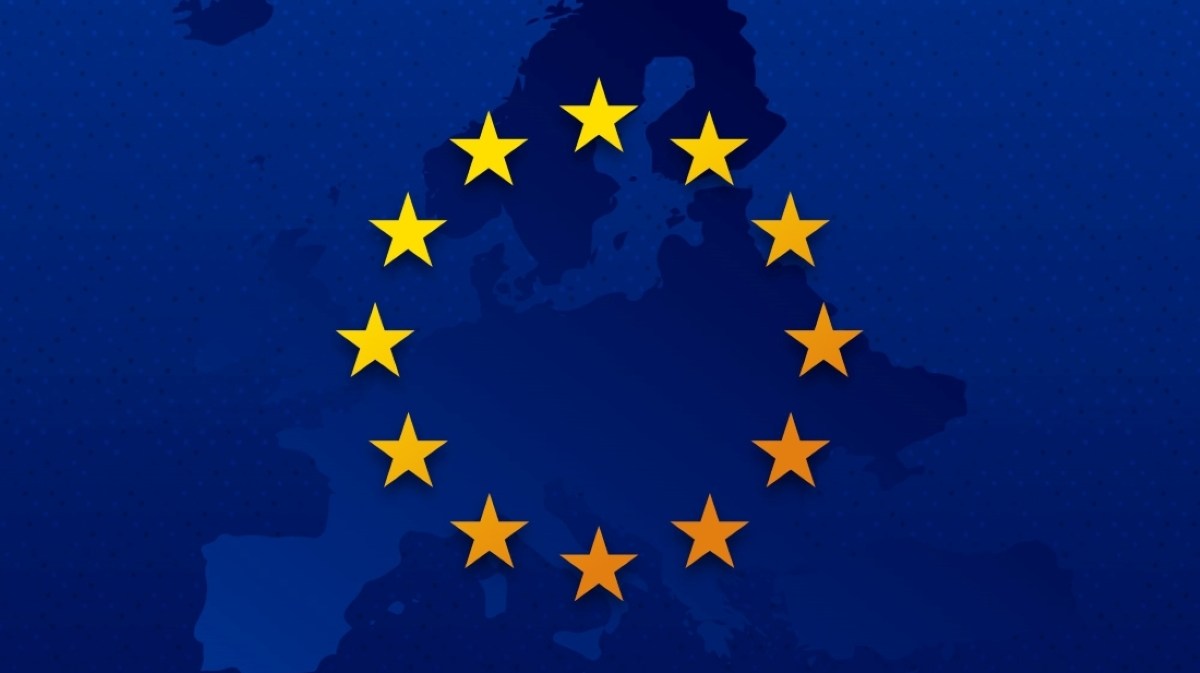Connectivity infrastructure is the lifeline of Europe’s digital future. By 2030 all households should have access to Gigabit networks, all populated areas should be covered by 5G and 10.000 carbon neutral, secure edge nodes should be deployed across the EU. These are the goals that the European Commission has set with its Digital Decade targets.
As Commissioner Thierry Breton stressed in his speech at an event in early June these targets remain Europe’s digital vision and ambition. Importantly, together with the European Declaration on Digital Rights and Principles for the Digital Decade they are the result of a democratic process and hence the European Commission has the duty towards European citizens in ensuring that they are reached.
Yet, despite the huge investments by European telecom operators, the European Commission estimates a funding gap of €174bn to reach these connectivity goals. Europe risks being stuck to reap the potential of advanced digital services and technologies like AI, web3, immersive technologies, or the Internet of Things. Therefore, we urgently need to find a solution of how to address this investment gap as one key part of measures to bring Europe to the digital forefront.
A new framework to unlock Europe’s digital future
On 13 June, the European Parliament voted in favour of the Competition Policy Report (428 votes in favour, 147 against and 55 abstentions). Among various measures, the report calls for a policy framework where Large Traffic Generators (LTGs) contribute fairly to the adequate funding of telecom networks without prejudice to net neutrality. The large backing by European parliamentarians for such a framework expresses a clear mandate to address and mitigate persistent asymmetries in bargaining power between LTGs and telecom operators and to re-establish a fair balance in the value chain.
Moving forward with legislation to ensure the economic sustainability of telecom networks is essential to achieve high performance connectivity for all EU citizens and businesses. Such legislation must be based on data and evidence collected by the Commission in their recent public consultation on the future of connectivity infrastructure. Telefónica and other European operators have long been calling for LTGs to contribute their Fair Share to European connectivity infrastructure. The proposed mechanism aims tore-balance the Internet value chain by ensuring that LTGs pay for the traffic delivery service provided to them by telecoms. The Fair Share proposal is one pillar of the solution for boosting Europe’s digitalization.
Consequently, this vote is an important step for Europe’s digital future. It is a step towards unlocking the benefits that high-speed connectivity infrastructure can bring for a first-class digital society and economy in Europe that leaves no one behind.











